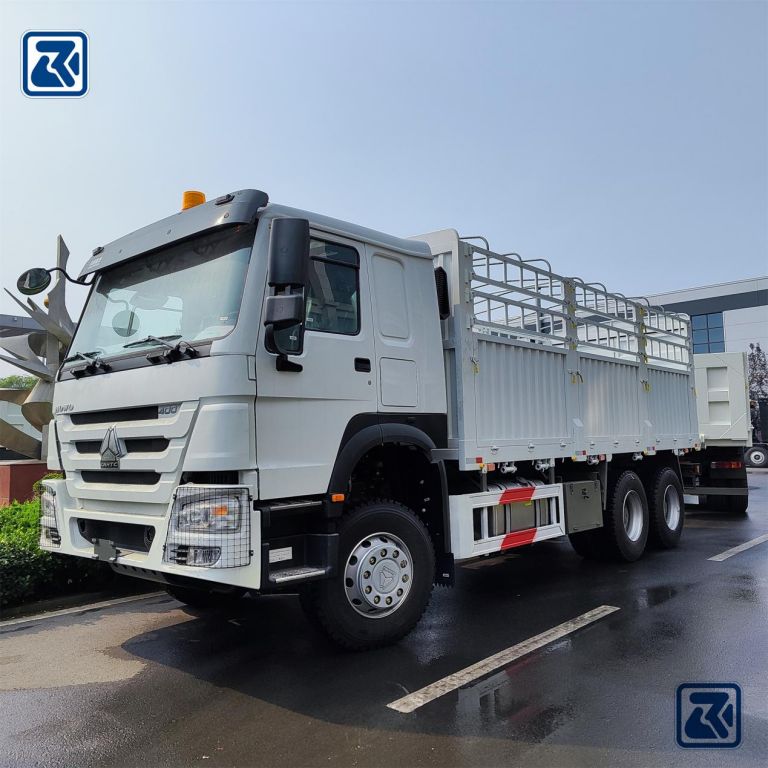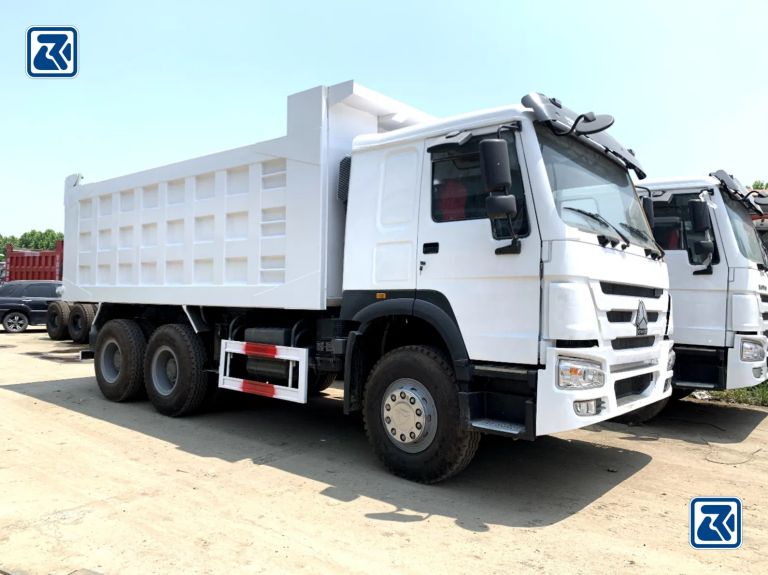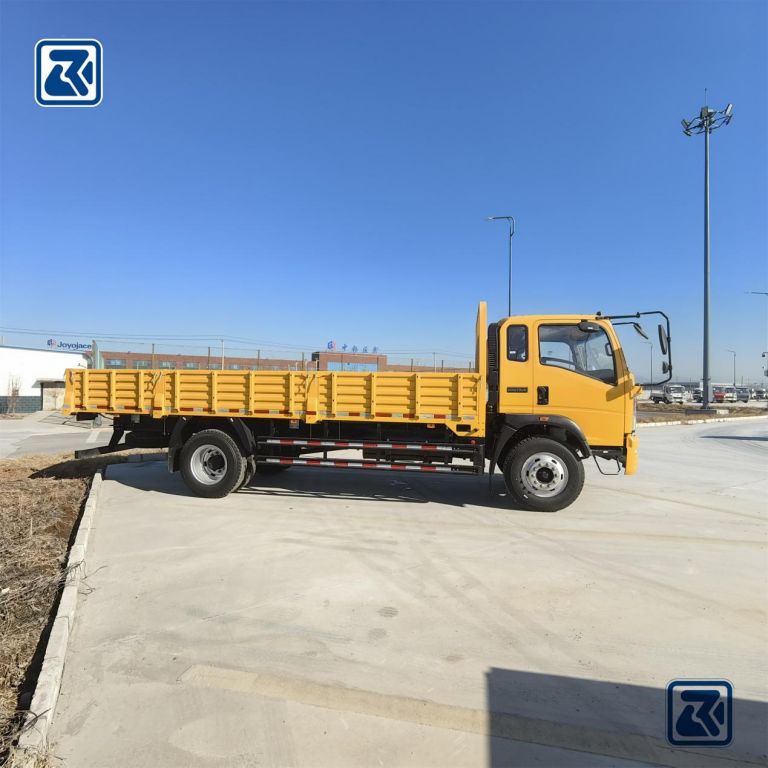HOWO tanker trucks are vital for oil transportation. Their importance is shown in three main ways: efficient transportation, high safety, and environmental and energy savings. To ensure the efficient operation of HOWO tanker trucks in the process of use, it is crucial to understand and solve its common failures. These are some common failures and solutions. They are brake failure, clutch failure, tire failure, and tank leakage. To prevent these failures, drivers and maintenance staff should often inspect and fix the vehicle. They should do this to ensure it is in good condition. Meanwhile, drivers should follow traffic rules. They should drive carefully to ensure safe and efficient oil transportation. Regular maintenance and inspection can prevent and solve HOWO tanker truck failures. They happen during operation. This prevents efficient, safe, and green oil transportation.
Table of Contents
Overview of Common HOWO Tanker Truck Failures
Common HOWO tanker truck failures include tank leaks and corrosion. They also include control systems, oil and gas recovery systems, and engine problems. Tank leakage is usually due to aging or damage to the tank seals, which requires timely replacement of seals and regular inspection and maintenance of the tank. We need to check for tank corrosion. We need to see if the anti-corrosion coating is intact. We also need to repair or replace the seriously corroded parts. To improve corrosion resistance, we need to choose the right anti-corrosion materials. We need to check if the tanker’s temperature control and pressure monitoring system is working. We may need to calibrate or replace faulty parts. Failure of the oil and gas recovery system needs to ensure the pipeline is clear. It needs to clear blockages quickly. It also needs to regularly inspect and maintain the equipment. This will minimize the impact on the environment. Engines need regular maintenance and inspection. This includes changing oil, checking spark plugs, and cleaning air filters. These steps ensure stable engine operation.
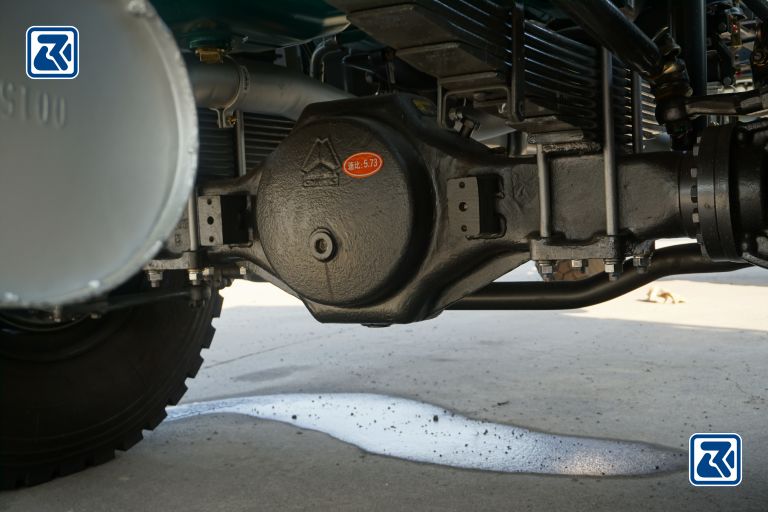
Engine Failures and Solutions
Engine failure is common in vehicles. Different types need different fixes. Difficulty starting is usually caused by a low battery, faulty ignition system or fuel system problems. Solutions include checking and replacing the battery. Also, cleaning or replacing the spark plugs and ignition coil. And, checking the fuel pump and fuel filter. Finally, removing air from the fuel system. Lack of power can be caused by a clogged air filter, fuel system problem or ignition system problem. Solutions include replacing or cleaning the air filter. Also, inspect the fuel pump and fuel filter. Clean or replace them as needed. And replace worn or damaged spark plugs and ignition coils. Rattles are usually caused by worn engine parts, poor lubrication, or cooling system problems. Solutions include inspecting and replacing worn parts. Also, changing the oil to ensure lubrication. And, checking the water pump and coolant to ensure the cooling system works.
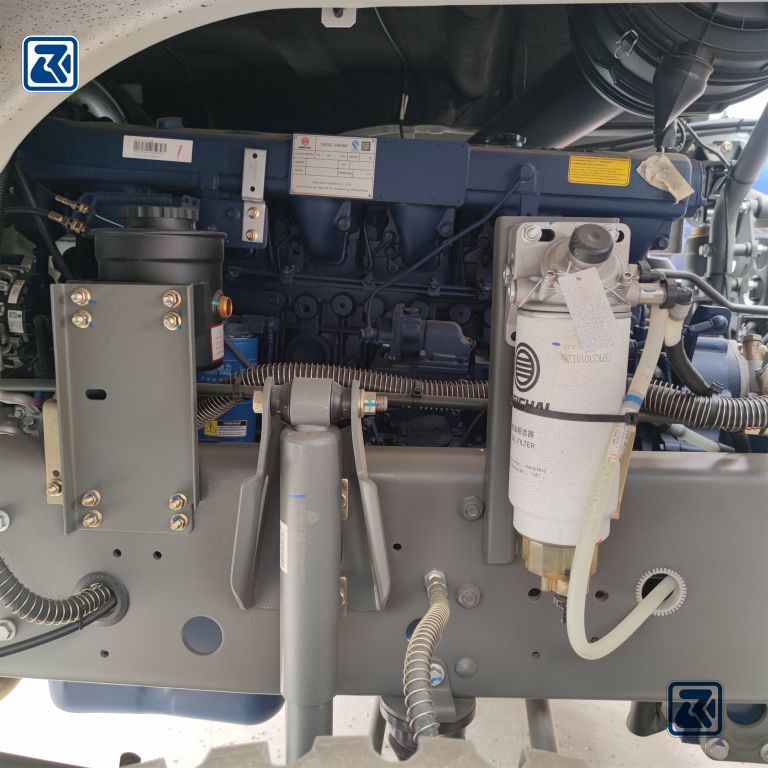
Hydraulic System Failures and Solutions
Hydraulic system failures can have a serious impact on the normal operation of the equipment. Leaking hydraulic oil is usually caused by bad seals on oil pipes or fittings, seal failure of hydraulic components, or bad seals on the hydraulic tank. The fix includes regular inspection of oil pipes, fittings, and seals on hydraulic components. This is to ensure that all joints are tight. Also, we must repair or replace very worn parts. Low system pressure may be due to pump wear, clogged oil lines, or pressure valve failure. To fix it, check the pump and oil lines, clean clogged filters and oil lines, adjust or replace the pressure valve, and test the system for low pressure. Failure to operate is usually caused by control system failure or actuator failure. The fix includes checking if the electrical system is connected correctly. Also, check that the sensors and solenoid valves work properly. Then, check for stagnation or wear inside the cylinders and motors. Finally, do any needed cleaning or replacement. For detailed information, please see How to maintain the hydraulic system of HOWO tanker truck.
Oil Tank Leakage and Solutions
Tank leaks are a common but extremely dangerous problem in the petrochemical industry. Tank wall corrosion is usually caused by the environment, defects in manufacturing, or poor maintenance. Solutions include inspecting tank walls for corrosion. Also, applying anti-corrosion coatings slows corrosion. Lastly, repairing or replacing severely corroded parts. Poor seals are usually caused by deterioration of sealing materials, improper installation, or environmental factors. Solutions include three things. They are regular inspection of tank seals, replacing damaged seals, and tightening loose fasteners. Pipe ruptures are usually caused by age and wear, corrosion, or design defects. Solutions include regular corrosion inspections and pressure tests. You also must repair or replace pipes that are severely worn or pose a safety hazard.
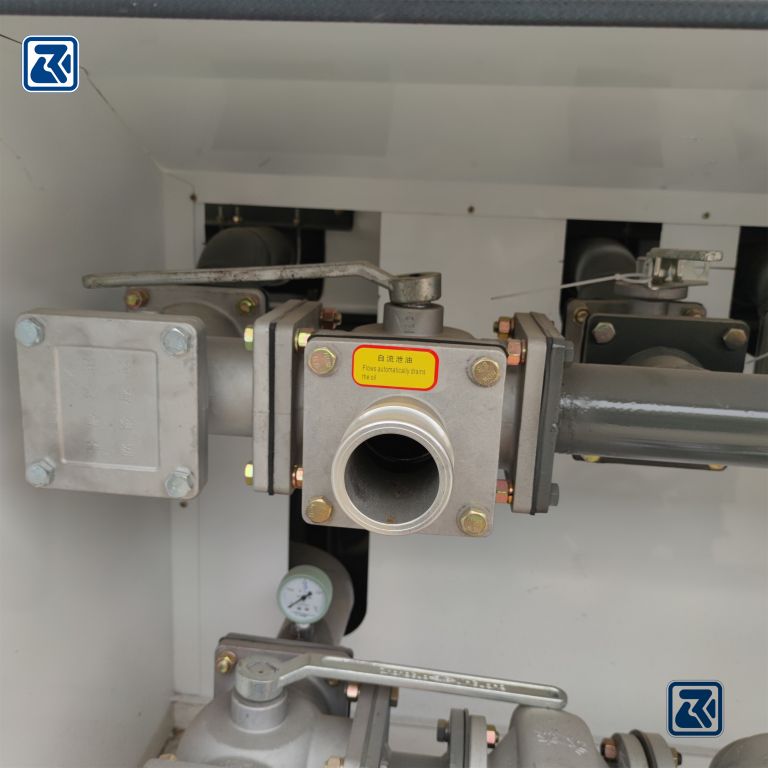
Brake System Failures and Solutions
Brake system failures can significantly affect driving safety. Brake failure is usually caused by insufficient brake fluid, deteriorated brake fluid, or worn brake pads or discs. Solutions include checking and topping up the brake fluid. Also, replacing brake fluid to keep it clean and working. And, swapping out old brake pads and discs. Poor braking is usually caused by brake leaks, dirty pads or discs, or air in the system. The fix includes fixing the leaks, cleaning the pads and discs, and removing the air to restore normal braking. Brake noise is usually caused by worn brake pads, uneven disc surfaces, or foreign objects in the braking system. Solutions include putting in new brake pads and discs. Also, check the braking system often and remove any foreign objects in it.
Electrical System Failures and Solutions
Electrical system failures are common in cars, machinery, and appliances. Low batteries are usually caused by long periods of inactivity, leaks in the electrical system, or improper use. Solutions include charging the battery with a charger. Also, checking for leaks in the electrical system and fixing them. And using electrical appliances appropriately to cut unnecessary use and frequent startups. Short circuit is usually caused by aging, improper installation or poor contact of electrical components, the solution includes replacing aging or damaged wiring, plugs, and sockets, professionally repairing poor contact problems, and ensuring that electrical components are reliably connected. Lights don’t come on often. This is caused by bad bulbs, wiring problems, or bad switches or relays. Solutions include checking bulbs and replacing them if needed. Also, check the wiring for damage and fix it. Replace bad switches or relays.
Body and chassis faults and solutions
The body and chassis, as an important part of the vehicle, are vital to the stability and safety of the vehicle. Body rust is usually caused by environmental factors and improper maintenance. Solutions include: cleaning the body with a neutral detergent, applying a rust inhibitor or antirust primer, and fixing rusted areas. These steps will stop rust from spreading. Chassis loosening is usually caused by loose fasteners or collision damage. The solution is regular inspection of chassis fasteners, timely tightening of loose fasteners, and replacing them when necessary. Also, professional repair of chassis damage caused by collision. Damage to the suspension system is usually caused by prolonged use, overload, or insufficient maintenance. The solution includes four things. You must regularly inspect the system. You must ensure its parts are well lubricated. You must replace worn or damaged parts when needed. And you must seek professional help for complex problems.
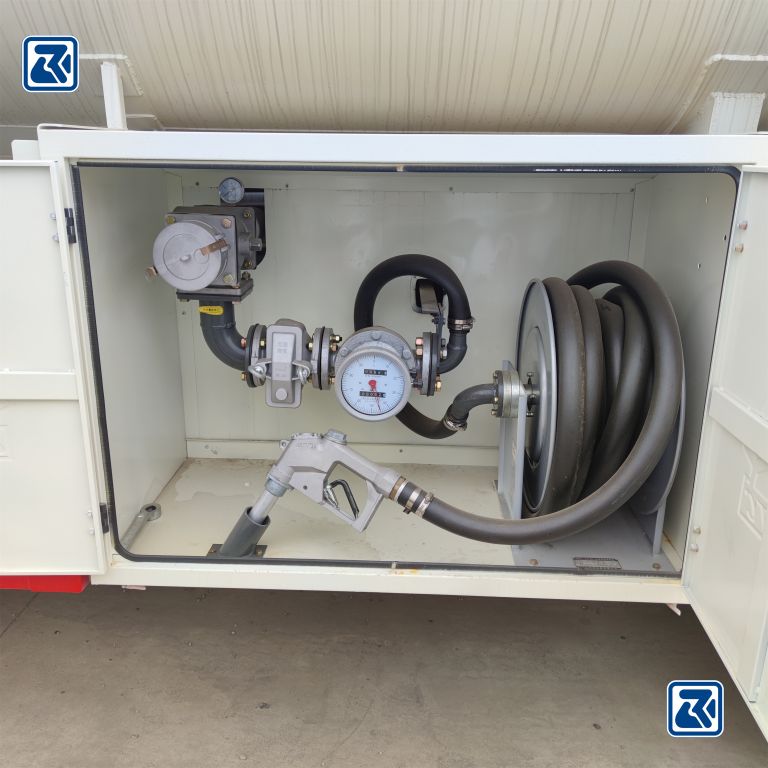
Conclusion
Mastering the common faults and solutions of HOWO tanker trucks is very important. It ensures the safety, efficiency, and environmental protection of the vehicle. When tanker trucks are transporting flammable, explosive and corrosive liquids, any malfunction may cause serious safety accidents. By knowing the common faults and their fixes, we can prevent and treat them in time. This will keep people and the environment safe during transportation. Regular maintenance and timely troubleshooting can extend vehicle life. They also reduce unnecessary downtime and improve transportation efficiency and economic benefits. Understanding how to troubleshoot reduces harm to the environment. It also helps us follow environmental rules and standards. Preventive maintenance and timely repairs can stop expensive repairs. They also prevent economic downtime from long-term vehicle breakdowns. For vehicle technicians and operators, mastering common faults and their fixes improves skills. It also boosts emergency response capabilities. This is important for career and personal growth.
NEEDL EMARK PT DJARUM .CN INTERNATIONAL GROUP CHINA CO., LTD. offers a comprehensive range of services in terms of purchasing and after-sales support, ensuring that customers receive expert advice and technical support in the selection and use of their vehicles. By providing maintenance, parts supply and specialized technical support.
FAQ
Common engine faults include hard starting. They also include a lack of power, strange noises, high temperatures, odd emissions, oil leaks, and electrical malfunctions. It is wise to seek the help of professional technicians when encountering complicated or uncertain faults.
When the hydraulic system has a problem, shut it down and disconnect the hydraulic source. Check for malfunctions using diagnostic tools. Refer to system manuals for repair or maintenance. Then, perform tests and verifications. Record summaries and do professional inspections to ensure safety.
Preventing tank leaks requires a combination of aspects to ensure a safe and reliable tank. The main ways to prevent accidents include design and material choice. You should also do regular inspections and maintenance. Train staff in safety and preventing oil and gas leaks. Protect the environment and prepare for emergencies. Control sparks and metal friction and collisions.
NEEDL EMARK PT DJARUM .CN INTERNATIONAL GROUP CHINA CO., LTD. It provides full support at the point of purchase. This support includes expert advice on picking the right model. Support includes maintenance, parts, and technical help. It ensures that customers get ongoing help to keep their vehicle in good shape throughout its life.


